Hyundai Elantra review, test drive
With brand new design, features and mechanicals at a competitive price, Hyundai makes a comeback with the Elantra
Published on Oct 25, 2012 08:34:00 PM
34,288 Views
Follow us on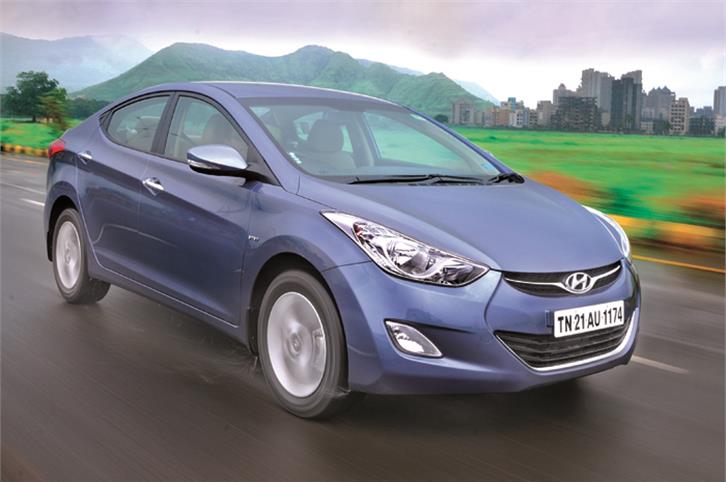
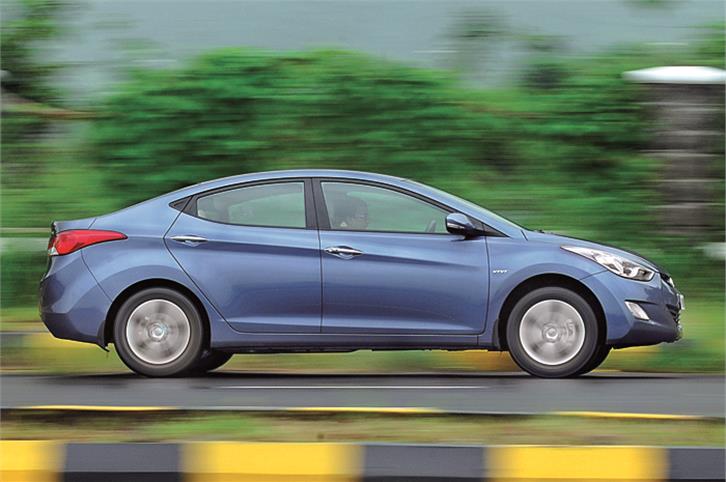
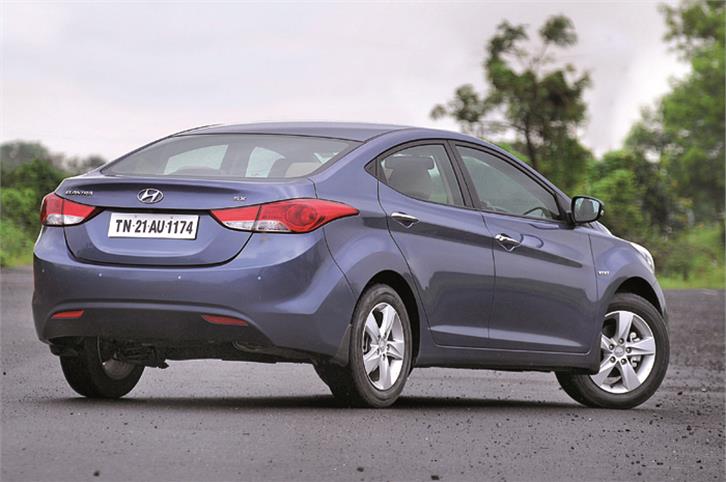
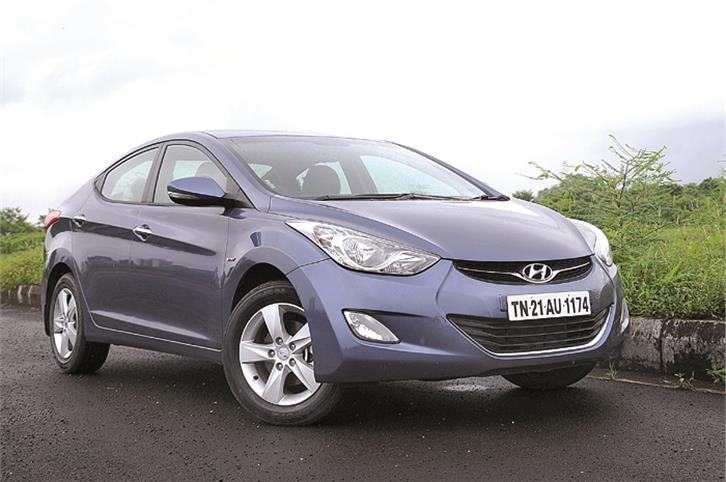
The Elantra comes with a fresh 1.8-litre, four-cylinder petrol engine. This twin-cam, four-valve-per-head motor is well specced and develops 148bhp at a peaky 6500rpm. Max torque comes at a high 4700rpm. The petrol Elantra is quite responsive off the line and has superb part-throttle response, very useful in slow-moving traffic. But use more than half-throttle and you instantly notice the lack of mid-range punch. Once past 4000rpm, the motor starts pulling well all the way to its 6800rpm redline, but it still isn’t a very effortless motor and you have to work it hard to make it perform. The 100kph mark is reached in a quick 10.45 seconds and in-gear acceleration is more than adequate as well. The gearshift has a long throw and, though light and easy to use, it isn’t as crisp as we would have liked. This new engine is very refined and is incredibly silent at low revs and idle.
We also drove the petrol car with the automatic gearbox, which works well most of the time, but felt a bit indecisive occasionally. You can opt to use the tip-tronic function to give you greater control over the gearbox and driving in this ‘manual’ mode is actually more pleasing. It is particularly good in stop-start traffic and has a nice spring in its step. Still, progress is quite unhurried and it’s best to drive it at a relaxed pace. It managed to set decent times, with 100kph coming up in 12.07 seconds and a top speed of 191kph, which is quite acceptable for an auto.
The diesel Elantra, on the other hand, uses the same 126bhp, variable-geometry turbo (VGT) engine as the Verna, but the overall gearing is shorter. So, despite the Elantra’s higher kerb weight, it is quicker off the line. It takes 10.2 seconds to reach 100kph and reaches its top speed of 191kph rather easily. The shorter gear ratios also help Elantra respond faster to taps on the throttle.
That said, there is a fair bit of turbo lag below 2000rpm and it’s best to downshift to keep the engine on the boil. City driving isn’t as effortless as we would have liked, as this small motor simply doesn’t have the low-end grunt of the Laura or Jetta. Once the turbo kicks in there is a strong surge and the Elantra picks up speed quite rapidly. In our 0-100kph tests, the Elantra managed to keep up with the more powerful Cruze and Jetta. Out on the highway, the strong mid-range makes the diesel an able cruiser. Since you’re usually in the meat of the powerband at cruising speeds, it responds quite well to throttle inputs to make overtaking easy and fairly effortless. The Elantra diesel’s relatively low gearing, however, doesn’t make cruising as relaxed as say in the Cruze or even the Jetta and it doesn’t have the broad torque spread of its 2.0-litre rivals. As a result, you use the six-speed gearbox a bit more frequently.
Copyright (c) Autocar India. All rights reserved.



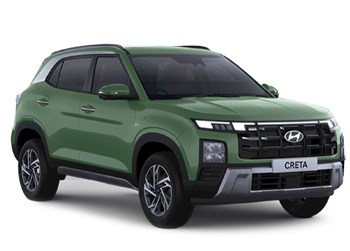
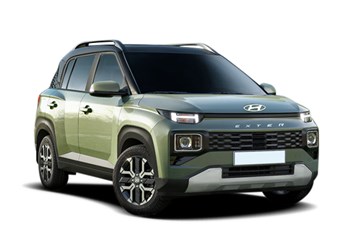
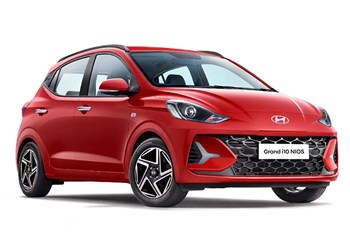
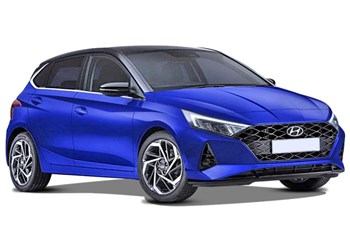
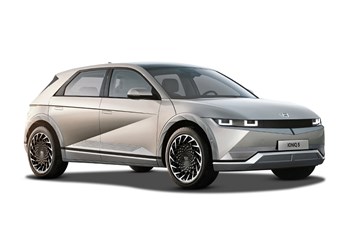
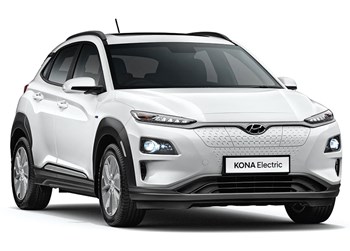







Comments
Member Login
Personal Details
No comments yet. Be the first to comment.